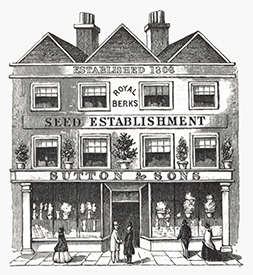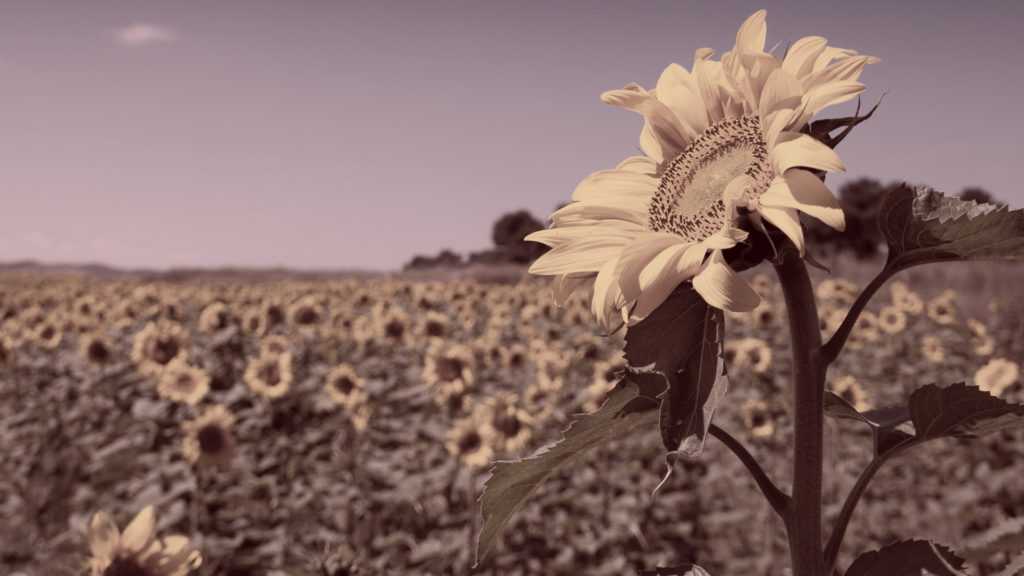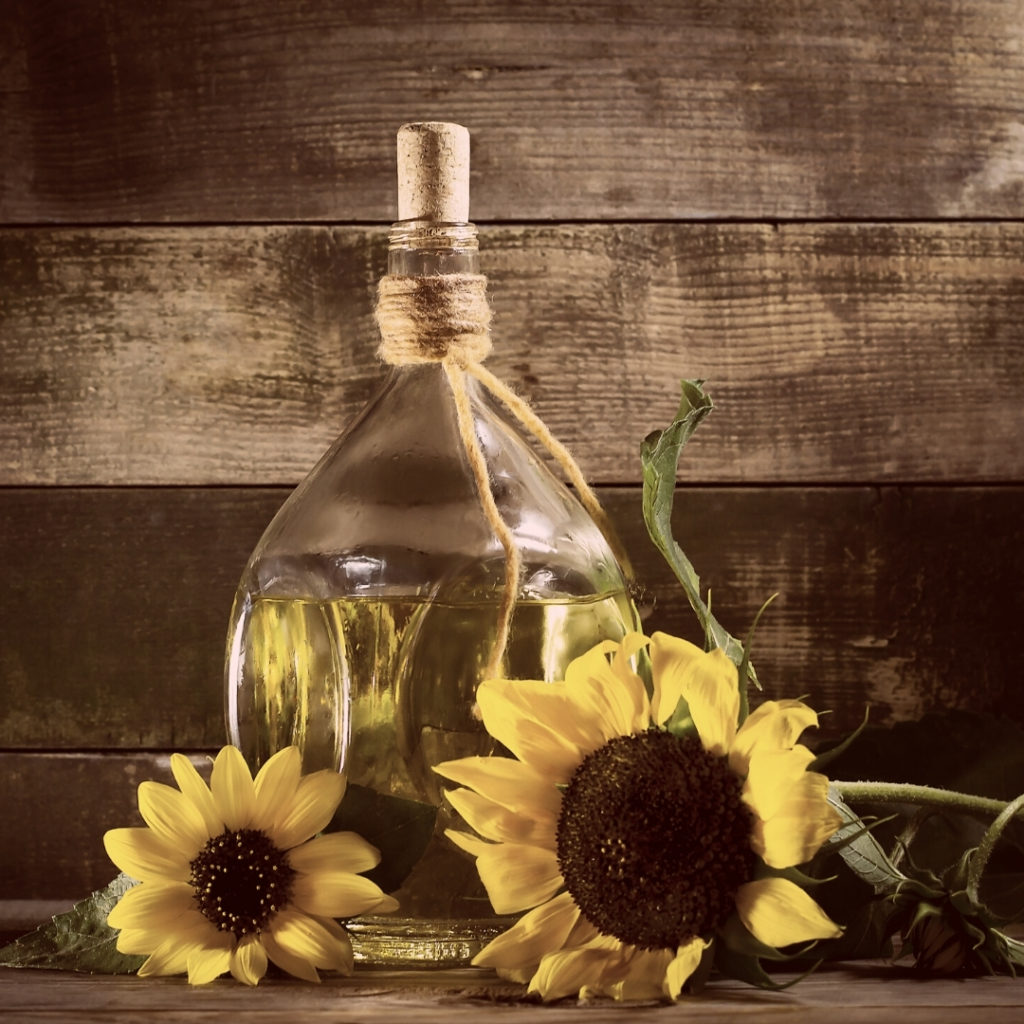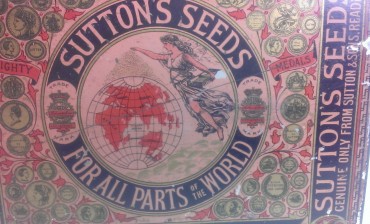Sutton Seeds has a long relationship with sunflowers and their magnificent blooms, the plant that provides a versatile, healthy oil; a staple food used worldwide.
The wild sunflower (Helianthus Anuus) is a native of North America, first cultivated by the Indians in present-day Arizona and New Mexico some 3000 years BC. The plant was domesticated into a single-headed plant with a variety of seed colours including black, white, red, and black & white striped.
Archaeologists think it possible that the sunflower may have been used in the home before corn. The seed was ground or pounded into flour for cakes, mush or bread, also squeezed to release the oil and used to make bread. Of course, just as we do now, the seed was cracked and eaten as a snack – and a healthy one at that!
The sunflower makes a purple dye for textiles, body painting and other decorations. Medicinal uses ranged from snakebite antidote to skin and hair ointments. The magnificently strong, thick stalks could be dried and used as building material.
At some time around 1500 Spanish explorers brought the plant to Europe where it became widespread throughout present-day Western Europe, mainly as an ornamental. By 1716, an English patent was granted for squeezing oil from sunflower seeds and by 1769 there is reference to sunflowers being cultivated for oil production.
Enter the Russians – much credit is given to Peter the Great for cultivating oil production. By 1830 the manufacture of sunflower oil was done on a commercial scale across the Russian Steppes.
Popularity increased for a very practical reason. Most oil foods were forbidden by the Russian Orthodox Church during Lent. Sunflower oil, however, was not on the prohibited list and gained immediate popularity as a food.
By the early 19th century Russian farmers were growing two million acres of sunflowers. Then by the late 19th century, Russian sunflower seed was back in the US and seed companies were advertising the ‘Mammoth Russian’ sunflower seed in catalogues. The International Sunflower Oil Association (ISA) reports that Russian and Ukraine are still the world’s biggest producers of sunflower oil.

Suttons was established in 1806 and has supplied flower seeds to the nation ever since. Undoubtingly in the sunflower’s golden history seeds are a garden favourite and Suttons offer a range from the giant sunflower, to multi-headed sunflower and low growing varieties. Any garden is graced with their presence and they are a great place for a child to start gardening. The classic Sunflower can get up to two meters in height.
Giraffe Sunflowers
Every garden should have at least one, peeking over next door’s fence!
If you want to know more about the sunflower’s history and capability, check out this related article on Real Sunflower Lamps!
References:
Albert A. Schneiter, ed. Sunflower Technology and Production (The American Society of Agronomy No. 34, 1997) 1-19
International sunflower association, I.S.A. 2019. International Sunflower Association. [Online]. [21 July 2019]. Available from: https://www.isasunflower.org/
Share your gardening journey on our social media pages as well keeping up to date with our latest offers and competitions.
Check out our other latest blogs!








